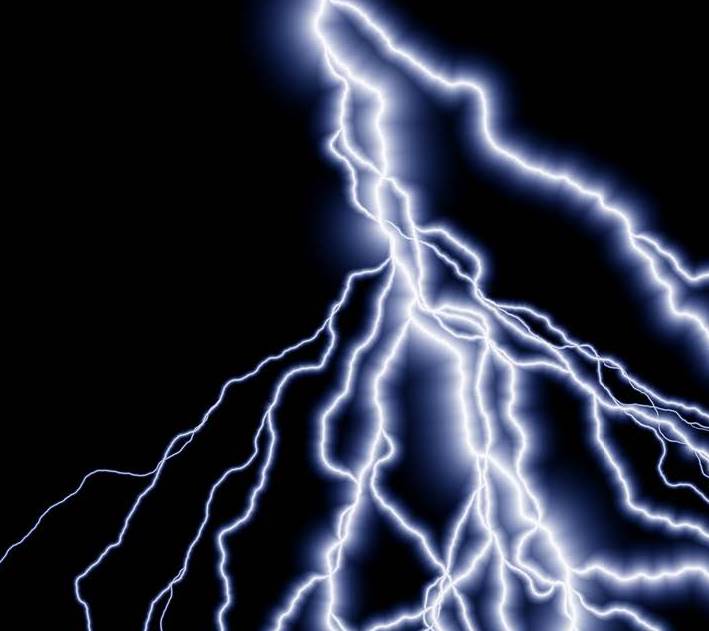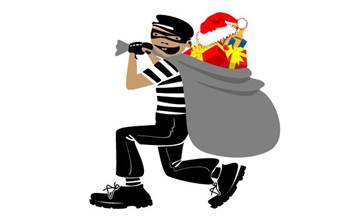Summer is the peak season for one of the nation’s deadliest weather phenomena–lightning. Though lightning strikes peak in summer, people are struck year round. In the United States, an average of 51 people are killed each year by lightning, and hundreds more are severely injured. While lightning fatalities have decreased over the past 30 years, lightning continues to be one of the top three storm-related killers in the United States. Often, these injuries and deaths are due to misinformation around the seriousness of thunderstorms and lightning.
Lightning: What You Need to Know
- NO PLACE outside is safe when thunderstorms are in the area.
- If you hear thunder, lightning is close enough to strike you.
- When you hear thunder, immediately move to safe shelter: a substantial building with electricity or plumbing or an enclosed, metal-topped vehicle with windows up.
- Stay in safe shelter at least 30 minutes after you hear the last sound of thunder.
Indoor Lightning Safety
- Stay off corded phones, computers and other electrical equipment that put you in direct contact with electricity.
- Avoid plumbing, including sinks, baths and faucets.
- Stay away from windows and doors, and stay off porches.
- Do not lie on concrete floors, and do not lean against concrete walls.
Last Resort Outdoor Risk Reduction Tips
If you are caught outside with no safe shelter anywhere nearby the following actions may reduce your risk:
- Immediately get off elevated areas such as hills, mountain ridges or peaks.
- Never lie flat on the ground.
- Never shelter under an isolated tree.
- Never use a cliff or rocky overhang for shelter.
- Immediately get out and away from ponds, lakes and other bodies of water.
- Stay away from objects that conduct electricity (barbed wire fences, power lines, windmills, etc.)
For more information, check out http://www.lightningsafety.noaa.gov/index.htm.


